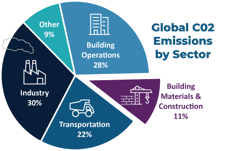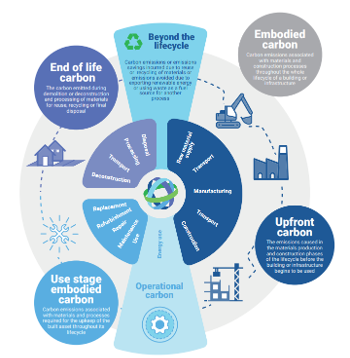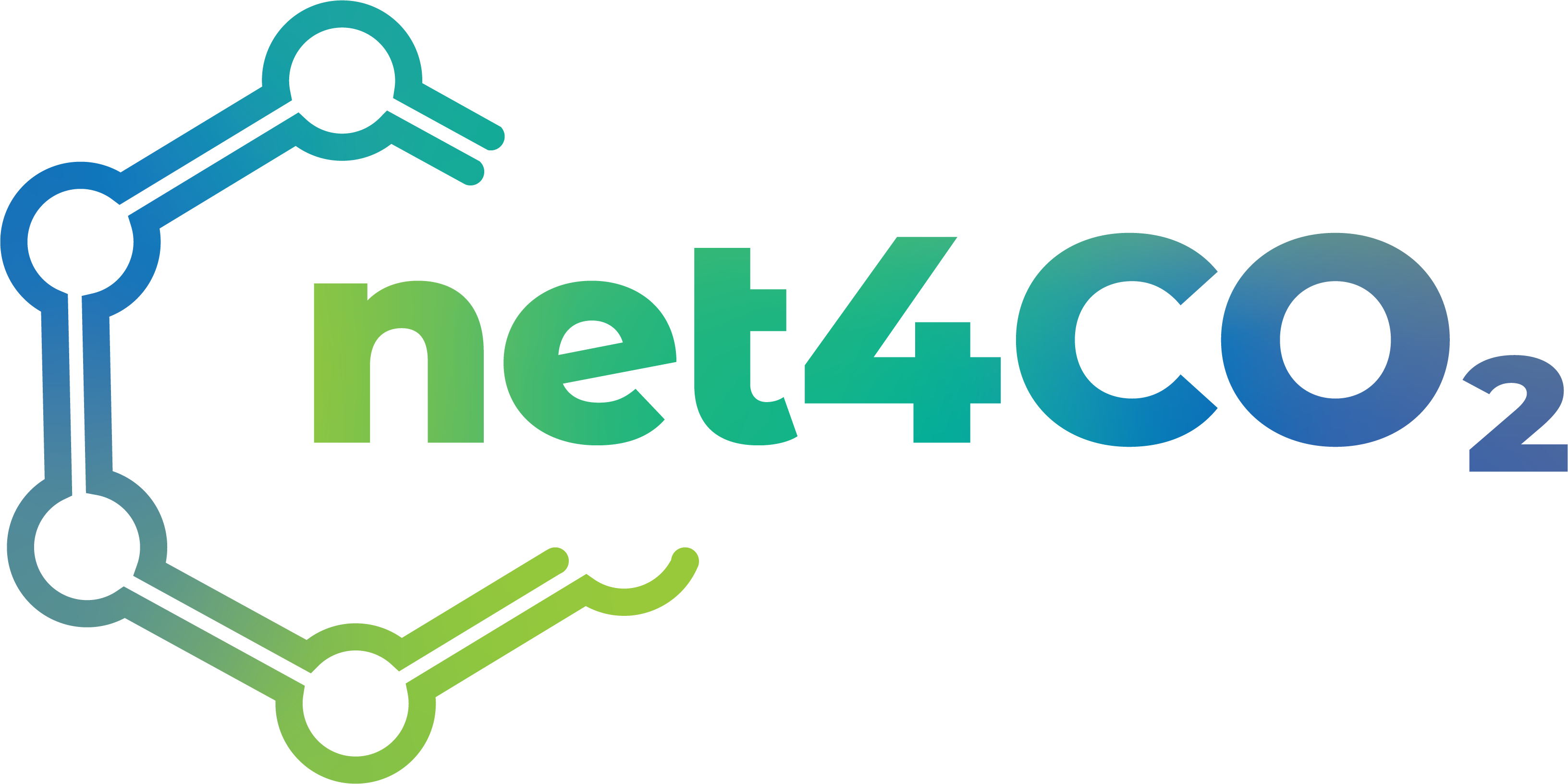“Lorem Ipsum is simply dummy text of the printing and typesetting industry. Lorem Ipsum has been the industry’s standard dummy text ever since the 1500s, when an unknown printer took a galley of type and scrambled it to make a type specimen book.”
xxxx | xxxx
Project Duration: 2025 – present
Type of Project: Internal R&D
Project Description
The EU building and construction sector is one of the largest contributors to greenhouse gas emissions, accounting for approximately 35–40% of total emissions. A significant portion of this—estimated between 10–20%—stems from embodied carbon linked to material extraction, production, transportation, assembly, renovation, and end-of-life phases. Additionally, the sector consumes around 50% of all extracted natural resources and generates approximately 35% of the EU’s total waste, highlighting the urgent need for a systemic transformation that addresses the entire life cycle of buildings. This project focuses on tackling both operational energy use and embodied carbon by promoting the adoption of low-carbon and circular materials, as well as design strategies for adaptability and reuse. In particular, the project will explore innovative pathways for the Portuguese construction sector, which heavily relies on concrete and ceramic materials, to decarbonize through the development and integration of alternative CO₂-mineralized construction products. These new materials represent a crucial complementary decarbonization strategy for hard-to-abate sectors like cement, lime, and steel, helping to significantly reduce the carbon footprint of future buildings and urban developments.
Main Outcomes
Identification of CO₂ Incorporation Potential
Quantification of the maximum CO₂ uptake capacity of alternative construction materials, with benchmarking against current technological and chemical limits.
Stakeholder Engagement and Technology Landscape Review
Direct engagement with leading technology suppliers in the field of CO₂ mineralization to understand available solutions, maturity levels, and potential for integration in the Portuguese market.
Identification of Logistic Chain Components and Industrial Clusters
Mapping of the logistics and infrastructure required to scale mineralized material production, including proximity to CO₂ sources, raw material availability, and industrial clusters across Portugal.
Mapping of Carbon-Intensive Materials in the Portuguese Construction Sector
Identification of key construction materials (e.g., concrete and ceramics) used in structural and partitioning elements, with quantification of their associated CO₂ footprint and potential for substitution.



